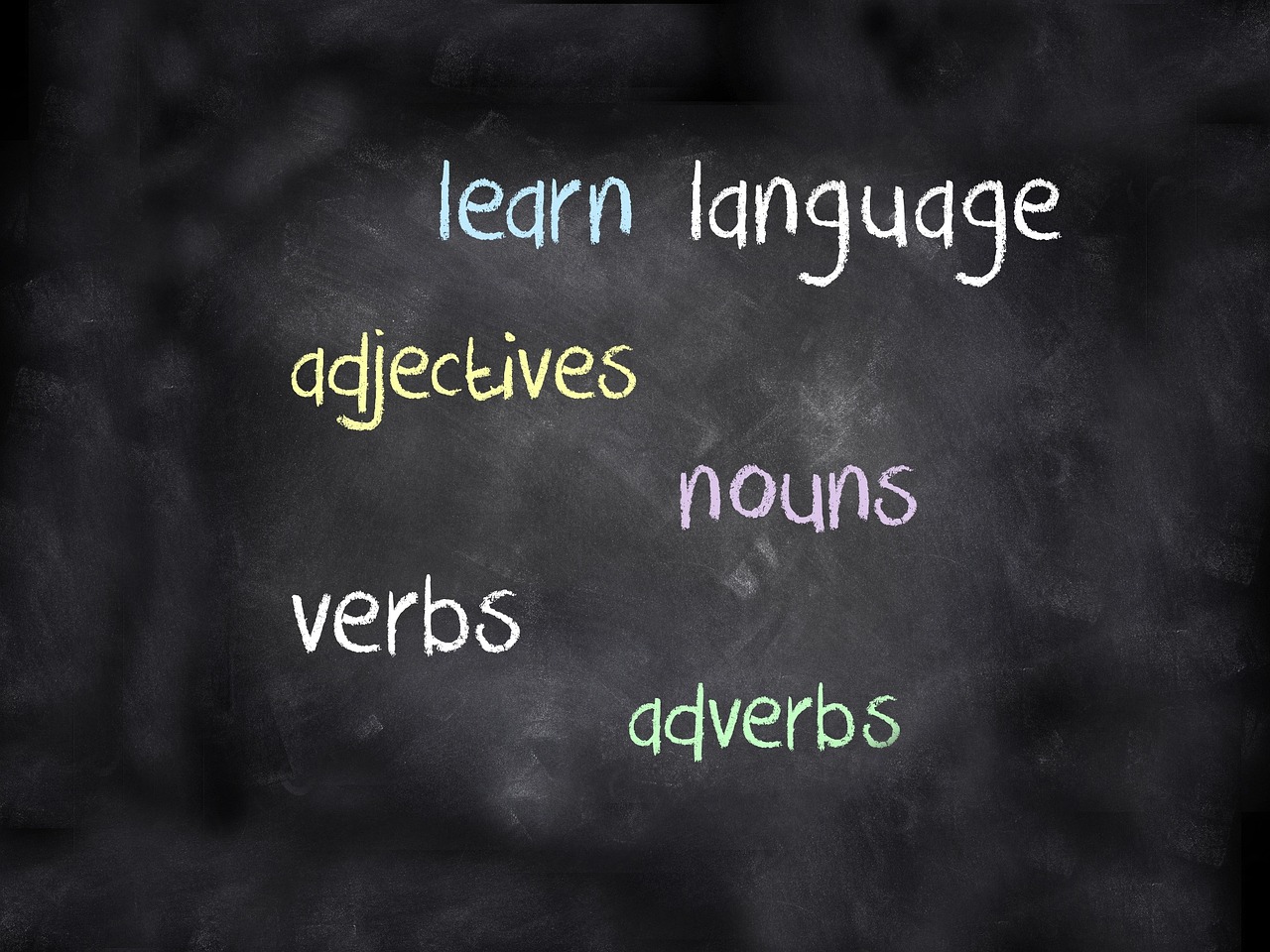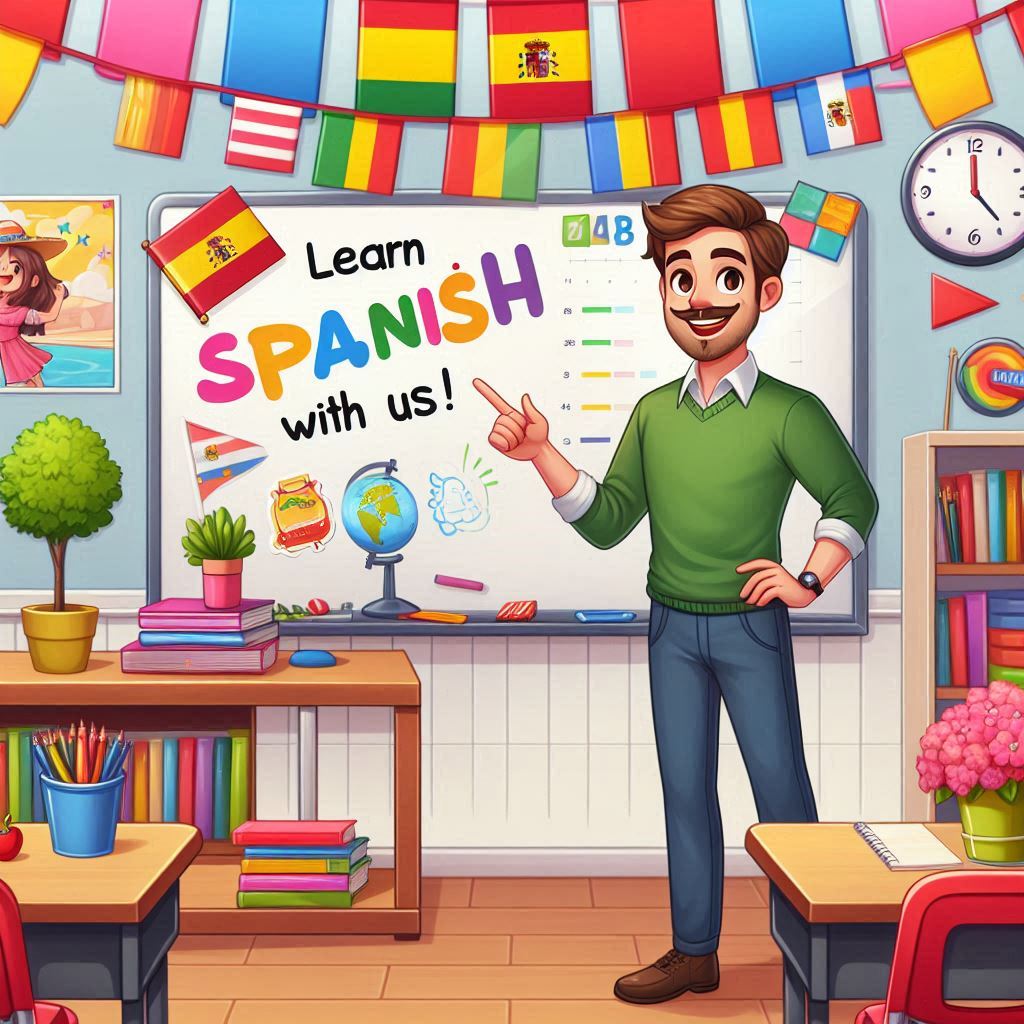ENGLISH COURSES
It’s never too late to learn English
Our unique system allows us to create a customized program that focuses on your unique inherent core capabilities. Our courses range from basic every day Conversational English to advanced Technical English mastery. Our exclusive in-house language learning process focuses on removing the mental barriers that inhibit the rapid absorption of non-native language. Once your barriers have been minimized, we tailor our approach to speed up the learning process. Each individual curriculum is custom designed based on your needs.
At the Beginner level, you will learn the basic rules of the English language. You will start to develop a solid foundation of, “English Grammar” we will focus on written and spoken English and building a basic vocabulary. Upon completion you will possess the necessary skills to start simple communication in English.
At the Intermediate level, we further develop your awareness of proper pronunciation; we build on the basic skills developed in the beginner course and bring you up to an intermediate knowledge of the English language. This will enable you to communicate and understand more complex conversations. Upon completion you will have the skills to understand and differentiate the proper use of simple tenses.
In the Intermediate level 2, we take the skills that you have developed in Intermediate level 1, and focus on the further development of your knowledge of English Grammar. Upon completion, you will be able to communicate effectively in English including a general knowledge of social/colloquial expressions, idioms and/or phrasal verbs.
At the Advanced level, Accuracy is the key. We focus on accuracy of your fluency and communication skills. Upon completion, you will be able to effectively communicate in English with very few errors. You should be able to master Grammatical Structures at an 80% comprehension, and feel confident when communicating English at an advanced level.
Phrasal verbs are idiomatic phrases that consist of a verb and another element, typically either an adverb, as in break down, or a preposition, for example see to, or a combination of both, such as, “Look down on”. There are also more complex two-word phrasal verbs, such as, “Put on”, and, “Look forward to”. In this course, students learn focus on the use of informal texts in spoken English through the use of phrasal verbs.
Learning idioms and colloquialisms play an important role for students to understand native English speakers. They are commonly used by native English speakers in informal writing, which can be very confusing when you are presented with them. Without prior knowledge of their proper use it is extremely difficult to decipher their true meanings. In this course, our main focus is to make it easier for you to crack the secret code of the informalities of the English language. Upon completion, you will have the skills and the confidence to fully understand Native English speakers in informal settings.


SPANISH COURSES
Spanish as a Foreign Language
For many, learning Spanish is rapidly becoming a business necessity. That’s why we adjust our program to your needs. We use the Industry Standard Aula Latina Learning system to optimize the amount of time that it takes to comprehend Spanish.
Thee first textbook in the series, Aula Latina 1 introduces A1, European Framework level students to the Spanish language in an easy and motivating manner. Directed towards adolescents and adults, this textbook is designed to bring the most advanced approaches in language learning to the classroom in an easy and effective manner, while taking into account the guidelines proposed by the Common European Framework of Reference for Languages. The Más Ejercicios, Más Gramática, and Más Cultura, sections bring flexibility and autonomy to a student’s learning approach. An A1 user can understand slow, articulated speech and ask simple questions. A1 Spanish Level – Beginner Level A1 Spanish level refers to the basic knowledge and subjects learned in Spanish. A1 level is often expressed as a beginner or beginner level. The level to start learning Spanish is A1 level. It is a fairly basic level of language. A1 Spanish level is the first level in the Common European Framework of Reference for Languages (CEFR). At A1 Spanish level, you can handle simple and routine tasks without any problems and deal with everyday situations. You have a competence to express your simple needs; You can use Spanish to understand dates/times/numbers, meet people, ask for places/directions, place orders. At the Beginner level, you will learn the basic rules of the Spanish language. You will start to develop a solid foundation of, “Spanish Grammar” we will focus on Written /Spoken Spanish and building a basic vocabulary. Upon completion you will possess the necessary skills to start simple communication in Spanish.
The second textbook in the series, Aula Latina 2 brings A2, European Framework level students through elementary Spanish. Directed towards adolescents and adults, this textbook is designed to bring the most advanced approaches in language learning to the classroom in an easy and effective manner, while taking into account the guidelines proposed by the Common European Framework of Reference for Languages. This compact volume incorporates the student book, exercise book, text anthology and grammatical review into a single textbook. Each unit is divided into four sections that help with the natural development of languages: Comprender, Explorar y Reflexionar, Practicar y Comunicar, and Viajar. Each of the 10 units culminates in a final task for the students to practice their new language skills. The Más Ejercicios, Más Gramática, and Más Cultura, sections bring flexibility and autonomy to a student’s learning approach. An A2 skill level can compose short phrases and common sentences and understand slower conversations. Both A1 and A2 users are beginners. However, an A1 student is not a complete beginner. A2 Spanish Level – Intermediate Level A2 Spanish level refers to above beginner, intermediate level Spanish knowledge. You can easily make simple sentences and simple daily conversations at A2 Spanish level. A2 Spanish level is the second level in the Common European Framework of Reference for Languages (CEFR). A2 Spanish level is not a sufficient level for academic education. At the Intermediate level, we work on the developmental awareness of proper pronunciation; we build on the basic skills developed in the beginner course, and bring you up to an intermediate knowledge of the Spanish language. This will enable you to communicate and understand more complex conversations. Upon completion you will have the skills to understand and differentiate the proper use of simple tenses.
The final textbook in the series, Aula Latina 3 introduces B1, European Framework level students to intermediate level Spanish. Directed towards adolescents and adults, this textbook is designed to bring the most advanced approaches in language learning to the classroom in an easy and effective manner, while taking into account the guidelines proposed by the Common European Framework of Reference for Languages.
This compact volume incorporates the student book, exercise book, text anthology and grammatical review into a single textbook. Each unit is divided into four sections that help with the natural development of languages: Comprender, Explorar y Reflexionar, Practicar y Comunicar, and Viajar. Each of the 12 units culminates in a final task for the students to practice their new language skills. The Más Ejercicios, Más Gramática, and Más Cultura, sections bring flexibility and autonomy to a student’s learning approach. ;B1 Spanish Level – Upper-Intermediate Level B1 Spanish level is the third level in the Common European Framework of Reference for Languages (CEFR). The B1 level is also known as ‘Intermediate’ or ‘Threshold’, Level B1 marks the point at which a person’s language skills move beyond basic usage. A Spanish speaker at Level B1 should find themselves able to cope with the most common situations they are likely to encounter when travelling around a Spanish-speaking country or region. At this level you will be able to understand the main ideas of clear and coherent texts about topics you are familiar with. In the B1 level you will be able to write simple and coherent texts on issues you are familiar with or of personal interest. At the Advanced level Accuracy is the key. We focus on fluency and communication. Upon completion, you will be able to effectively communicate in Spanish with very few errors. You should be able to master Grammatical Structures at an 80% comprehension and feel confident when communicating Spanish at an advanced level.For the Business Professional that is looking to become proficient in Spanish, we tailor our courses specific to your requirements. Our Professional programs are the fastest way to attain the skills that you require. Whether you are a CEO, VP or Director of a large multinational organization, or an employee trying to work your way up the corporate ladder, enhancing your fluency in Spanish as a second language will provide you with the valuable skills required by today’s competitive global market place. We offer specialized training in all disciplines of Business ranging from General Business to Enhanced Technical language instruction.
Sometimes it can be challenging for non-native speakers of the Spanish language, to fully express themselves in Spanish; even when they have reached an advanced level. That’s why we developed this course. We will help you overcome your limitations and allow you to communicate what you are thinking. This course focuses on discussing current events, idioms, social expressions, colloquial Spanish, and the informal aspect in order for students to get a fuller scope of the language. It is geared to bring your Spanish language skills to the next level. This course helps you to not only speak the language, but to fully think, write, speak and comprehend.
SPANISH ENGLISH
TRANSLATION & INTERPRETATION SERVICES
Elevate your global communication with our comprehensive translation and interpretation services. Specializing in linguistic accuracy and cultural fluency, we deliver meticulous translations for documents, websites, and multimedia content in diverse languages. Our skilled interpreters facilitate seamless communication in meetings, conferences, and events, ensuring clarity and professionalism. With a commitment to quality and customer satisfaction, we tailor our services to meet your specific needs, enabling you to confidently connect and engage across borders. Trust us for expert translation and interpretation solutions that empower your international endeavours.


Religious Purposes
It is a full Immersion Program with a curriculum specifically tailored to the Clergy.
.
Español Para el Clero, first arose in Guadalajara, Jalisco México in 2016, due to the lack of material focused towards this principle. This material is geared towards Catholic Priests and Seminarians from worldwide Catholic Institutions. The workbook incorporates vocabulary a priest would use, ranging from names of liturgical items, Scripture passages, and even brief Saint biographies.The section regarding confession is indispensable, something previously one would typically learn only through another experienced priest or tutor. Links to listening exercises help to solidify your comprehension, and the appendix of local expressions is quite resourceful. Spanish for the Clergy Guide, specifically tailored to priests and seminarians, is focused on a biblical approach, and is the perfect tool to acquire not only spoken language, but to also communicate theologically like a native speakerThe main goal is to introduce very specific topics and terminology that revolve around the Catholic religion and pastoral practice. With this in mind, when candidates have been ordained, they will have been fully immersed into the language, culture, and the necessary Spanish terminology in order for them to be able to communicate without running into major difficulties.Through the 4 basic integrated skills of language learning, the set objective will be reached: Oral fluency, reading, writing, listening. In addition, grammar, vocabulary, and interactive games to reinforce the aforementioned language skills. Each unit will wrap up with a task in which the students will have direct contact and practice with one another through the use of the set terminology.
http://www.linguaprofessionalservices.com/spanish-for-the-clergy
English for the Clergy is an intensive English as a Second Language Program with a curriculum specifically tailored to the Clergy.
Lingua Professional Services offers a distinctive approach which is tailored to the Clergy and anyone following a religious vocation, or anyone looking to acquire language proficiency in a theological environment.
Our main goal is to introduce very specific topics and terminology that revolve around the Clergy and pastoral practice.
With this in mind, when our students have completed this program, they will have been fully immersed into the language, culture, and the necessary key terminology of the English Language, in order to communicate efficiently and effectively.
Through the 4 basic integrated skills of language learning, our students will achieve proficiency in:
– Oral fluency
– Reading
– Writing
– Listening
In addition, we integrate grammar, vocabulary, and interactive games to reinforce the aforementioned language skills. Each unit will wrap up with a task in which the students will interact with one another to practice their newly acquired skills and additional vocabulary.
Aside from the 4 integrated skills of language learning, our program focuses on:
1. Effective writing and Reading skills
2. Strong listening and speaking skills
3. Religious vocabulary building
4. Proper pronunciation of the Spanish language in daily conversations preaching, liturgical presiding and pastoral and missionary situations
5. Multicultural awareness and assimilation
6. Conversation norms
7. Reading and writing for Specific and Professional Purposes (How to write and deliver a sermon effectively)
8. Building cultural competence
9. Focus on liturgical nomenclature
10. Public speaking skills.
11. Accent Modification Program
12. Preparation for the TOEFL (IBT, Internet Based, & PBT, Paper Based)
Other activities:
1. Practice oral fluency and pronunciation through real-case scenario dialogue
2. Video clips, brief video biographies focused on listening skills
3. Role play – ie. practice a real-life confession
4. Computer exercises
5. Presentations and sermon preparation assistance
6. Cultural knowledge
Requirements:
No prior knowledge of the English language is necessary.
Standardized Test Preparation
The International English Language Testing System (IELTS) is a globally recognized exam designed to assess the English language proficiency of non-native speakers. It is commonly used for academic, professional, and immigration purposes. The test evaluates four key language skills: listening, reading, writing, and speaking. There are two types of IELTS tests: Academic, for those applying to higher education or professional registration, and General Training, for migration or secondary education purposes.
Cambridge English (also known as ESOL) is a department of Cambridge University. Their English exams Proficiency (CPE), Advanced (CAE), First (FCE), Preliminary (PET) and Key (KET) are recognized around the world by thousands of employers, universities and government ministries as proof of ability to use English.
Students learn the difference between British & American English. Vocabulary, pronunciation, social expressions, among other differences. We emphasize the learning process on British English. Our unique approach to teaching, learning and assessing English combines the experience and expertise of Cambridge English Language Assessment and Cambridge University Press. Cambridge English is driven by world-class research and a profound commitment to: delivering educational excellence.
The Test of English as a Foreign Language (TOEFL) is an internationally recognized exam that measures the English language proficiency of non-native speakers. It is commonly required for admission to universities and colleges, particularly in English-speaking countries. The test assesses four core skills: reading, listening, speaking, and writing. TOEFL scores are widely accepted by academic institutions and professional organizations, especially in the United States and Canada.
In this course we provide a complete coverage of the grammar needed for the Cambridge FCE Exam. We cover a full range of Reading, Writing, Listening and Grammar.
The AP Spanish Language and Culture Exam is approximately 3 hours long. It is divided like this:
A 95 minute multiple-choice section and an 85 minute free-response section. The multiple-choice section accounts for half of your exam grade, and the free-response section for the other half. The multiple choice section contains 65 questions, lasts approximately 95 minutes and consists of two parts (Part A: Interpretive Communication: Print Texts and Part B: Interpretive Communication: Print and Audio Texts/Audio Texts). Part A contains 30 questions and lasts approximately 40 minutes. Part B contains 35 questions and lasts approximately 55 minutes. The free response section contains 4 tasks and lasts approximately 85 minutes. The test is broken down into the following sections: 1. Interpersonal Writing: Email Reply 2. Presentational Writing: Persuasive Essay 3. Interpersonal Speaking: Conversation 4. Presentational Speaking: Cultural ComparisonFor other standardized test preparation, let us know and we’ll get back to you at our earliest convenience.

Books
We present a collection of books written by our IELTMASTER team for the development of highly important activities and improvement in language learning.

